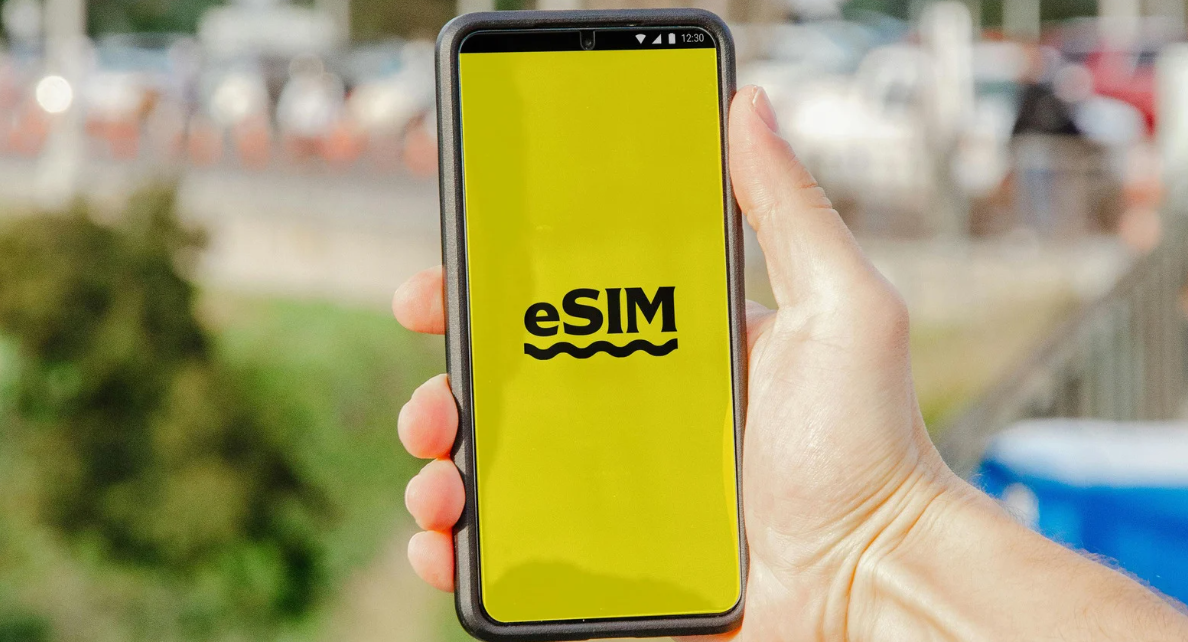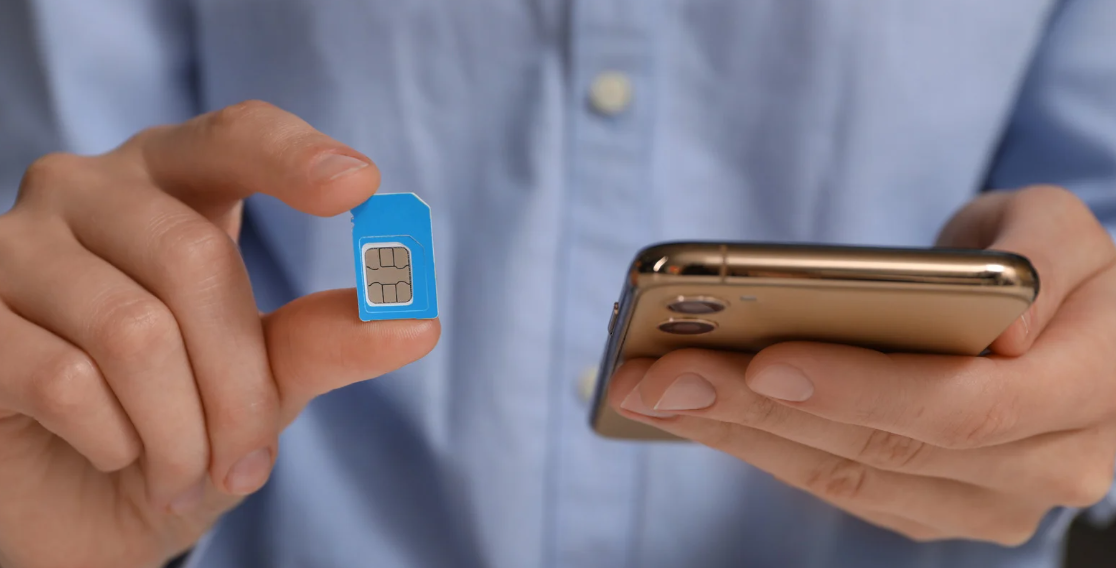If you’re flying from the US to Europe, there’s one thing you’ll be wondering about right after you book your flight – how to stay online without paying roaming fees.
I’ve had this problem myself. The first time I flew from New York to Paris, I thought my regular SIM card would do the trick. Big mistake.
My carrier charged me $10 per day for a small amount of data, and by the third day I was already disappointed.
That’s when I learned about eSIMs. They’re like invisible SIM cards that you can install on your phone with just a QR code.
No waiting for mail, no searching for a store in a foreign city, and no paying any extra roaming charges. The truth is, an eSIM is now the best way for American travelers to use mobile data in Europe.
So I thought I’d share everything I’ve learned about finding the best eSIM for American travelers in Europe. I’ll explain how it works, which providers I’ve tried, which plans are worth your money, and what you should avoid.
In the end, you’ll understand exactly how to choose the right eSIM for your trip to Europe.

What is an eSIM and Why Do USA Travelers Need It in Europe?
An eSIM is a digital SIM card that comes built into most modern smartphones. Instead of swapping out a plastic SIM card, you can simply scan a QR code or download a plan directly to your phone.
For US travelers, this is important because most US carriers charge outrageous roaming fees in Europe. If you’re not careful, using your regular plan abroad can easily cost more than your plane ticket.
With an eSIM, you can buy a local or regional data plan for Europe for a fraction of the cost.
It’s super fast. You can buy and install an eSIM before you even leave the US.
The moment your plane lands in Rome, Madrid, or Berlin, your phone is instantly connected.
No more waiting in line at the airport or searching for Wi-Fi to buy a SIM card.
Learn how eSIM works for US travelers to Europe
Setup is easy. You buy an eSIM plan online, get a QR code, scan it with your phone, and the plan is installed in seconds. Some apps let you activate without having to scan anything.
Once installed, your phone works just like a physical SIM. You can use data, make internet calls with WhatsApp or FaceTime, and in many cases, add calling minutes if needed.
Most eSIMs for Europe are data-only, meaning they don’t give you a local phone number. But for most American travelers, that’s not a problem.
You can still keep your USA number active on your phone for texts or verification codes, while using the eSIM for cheap data.
Why eSIM is Better than Roaming for USA Travelers
I once compared roaming charges from my USA carrier with an eSIM I bought for Europe. Here’s how it looked:
My USA carrier charged $10 per day for only 500MB.
The eSIM plan I bought cost $25 for 10GB valid for 30 days.
That’s not just cheaper—it’s life-saving for a traveler who depends on Google Maps, translation apps, and booking confirmations on the go.
With eSIM, you pay upfront, know exactly how much data you have, and never get surprised by a big bill waiting for you at home.
Best eSIM Providers for USA Travelers in Europe (2025)
Now, let’s talk about the real deal—the providers. Over the last few trips, I’ve tested different options. Some worked great, some were terrible. Here are the ones I recommend for Americans traveling to Europe.

Airalo
Airalo is one of the most popular choices for American tourists. Their Eurolink eSIM covers 39 European countries. I used it during my trip to Italy and France, and it was smooth.
Plans start as low as $5 for 1GB, and they go up to unlimited packages depending on your needs. Setup takes less than two minutes, and you can recharge from the app if you run out.
Holafly
Holafly is the one I recommend if you don’t want to worry about data limits. They offer unlimited data eSIMs for Europe. I tried this in Spain and streamed YouTube, maps, and video calls without hitting a cap.
The only thing to note is that speeds can slow down after heavy use, but for most travelers it feels like freedom.
Nomad
Nomad offers flexible prepaid eSIMs for short trips. Their Europe data plans are affordable, and you can choose between small daily packages or big monthly bundles. It’s a good option for backpackers or travelers moving across multiple countries.
GigSky
GigSky is another reliable provider. It’s slightly more expensive, but coverage is strong in places where some other eSIMs failed me, like rural parts of Portugal.
Local European eSIMs
Some travelers prefer buying eSIMs from European carriers like Orange or Vodafone. These often give you bigger data allowances for less money, but setup can be tricky if you don’t speak the local language or if the website doesn’t accept your US payment card.
Choosing the right eSIM plan for your trip to Europe
If you’re on a short trip (1-2 weeks), a prepaid eSIM with 3-5GB will be enough for maps, email, and social media.
If you’re planning a longer trip (1-2 months), look for larger bundles like 20GB or unlimited data. It’s cheaper than recharging repeatedly.
If you’re a backpacker or traveling to many countries, opt for a Europe-wide eSIM like Airalo’s Eurolink. That way, you won’t have to buy a new plan every time you cross a border.
If you’re a heavy user, Holafly’s unlimited plan is the easiest. You won’t have to worry about running out of data while traveling.
What’s the difference between an eSIM vs. a local SIM in Europe?
Let’s be honest, you might think that buying a local SIM card is cheaper? Sometimes it is, especially if you’re staying in one country for a long time. But the real reason I still prefer an eSIM is:
No waiting at the kiosk at the airport.
No language barrier.
No need to carry a small SIM ejector tool.
It’ll work every time you land.
To me, the time and stress saved with an eSIM is far more than the few dollars saved with a local SIM.
How much does an eSIM cost for USA travelers to Europe?
Most eSIM plans for Europe cost between $5 and $50, depending on the size of the data and validity.
1GB for light users: $5–$8
5GB for a weeklong trip: $15–$20
10GB for a month: $25–$30
Unlimited data plan: $40–$60
This is much cheaper than roaming.
For example, 30 days of roaming with a US carrier can cost $300, while an eSIM for the same period can cost just $30.

How to Install an eSIM Before Your Trip
The process is quick:
1. Make sure your phone supports eSIM (most iPhones after XS, Samsung Galaxy, and Google Pixel do).
2. Buy an eSIM plan online.
3. Scan the QR code or follow the app instructions.
4. Activate the plan once you land in Europe.
That’s it. No shops, no waiting, no hassle.
Tips for using an eSIM as a US traveler in Europe from my personal experience
Always download the QR code before traveling, as you may not have internet when you land.
Keep your US SIM active for text messages and bank codes, but turn off data roaming to avoid charges.
Use Wi-Fi for large downloads to save your eSIM data.
Check which countries are included in your eSIM package before purchasing.
FAQ
Can I buy an eSIM for Europe before leaving the USA?
Yes, you can buy and install it before your flight. Activation happens once you connect to a European network.
Does eSIM work in all European countries?
Most eSIM providers cover 30+ European countries, but always check the list before you buy.
Do I get a phone number with a Europe eSIM?
Most eSIMs are data-only, so you won’t get a local number. But you can still use WhatsApp, FaceTime, and other apps for calls.
What phones support eSIM for Europe travel?
Most new iPhones (XS and later), Google Pixels, and Samsung Galaxy phones support eSIM. Check your phone settings to be sure.
Finally
Traveling to Europe from the USA doesn’t have to mean sky-high roaming bills. With the right eSIM, you can stay connected the whole time—whether you’re in Paris, Rome, or hopping between 10 countries in one trip.
I’ve tested and compared different providers, and I can confidently say eSIMs are the smartest choice for American tourists today.

